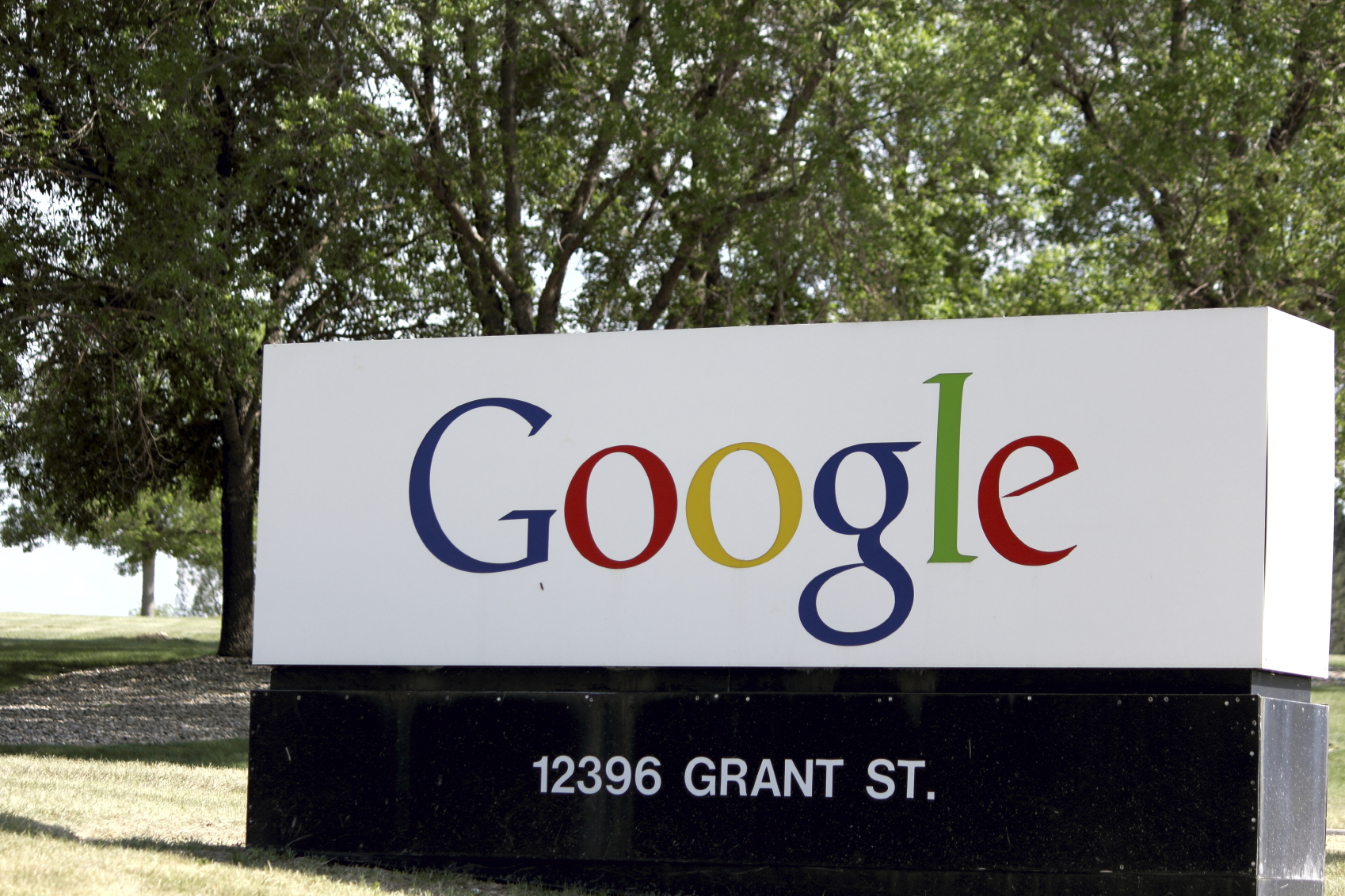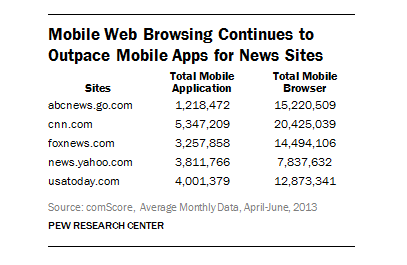What Happened
Facebook is broadening the reach of its ad network by allowing publishers to sell ads on their mobile websites with its Audience Network, which previously only sold mobile in-app ads. The social network has been reportedly testing the new ad network with media partners including Hearst, Slate, USA Today, and TIME over the last few months.
What Brands Need To Do
With this expansion, brands will be able to use Facebook’s data-rich platform to target consumers outside Facebook and third-party apps, making Audience Network a serious contender to rival mobile ad networks from Google, Apple, and AOL. Brands that are already using Facebook’s ad network to reach mobile consumers should branch out to the mobile web to see if it helps increase reach, while brands currently using other mobile ad networks should consider giving the new Audience Network a try to take advantage of Facebook’s rich user data for better targeting.
Source: Wall Street Journal





